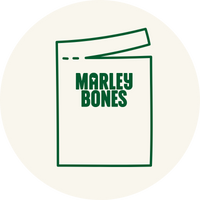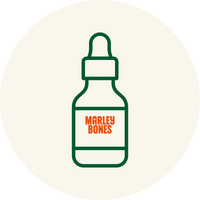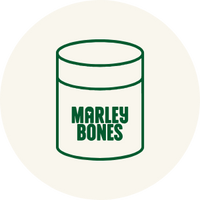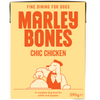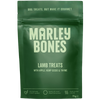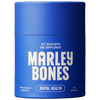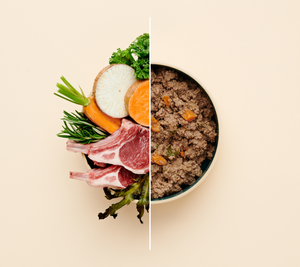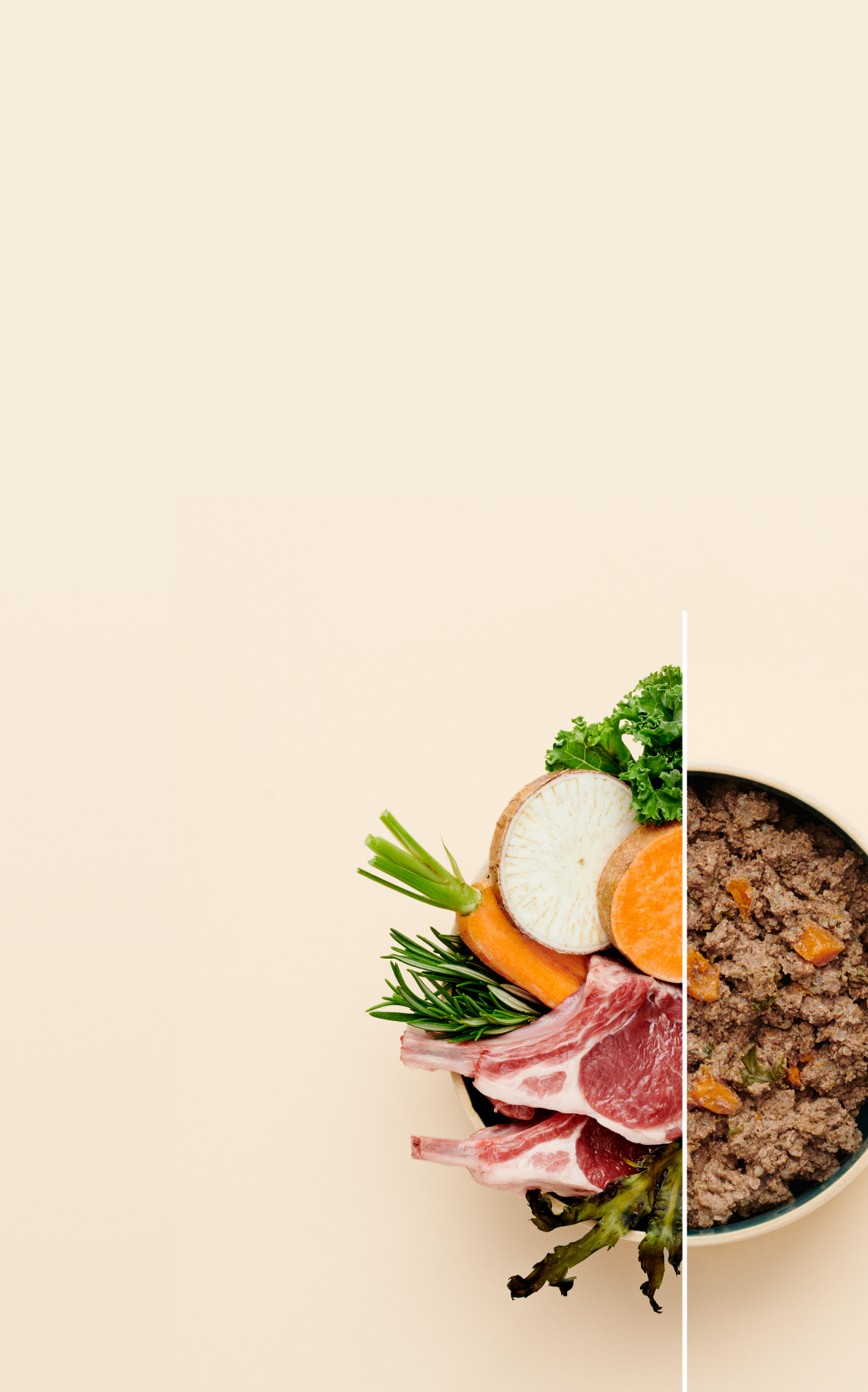How Much To Feed A Senior Dog: A Vet's Guide to Nutrition in Old Age
As dogs age, their physiological characteristics and nutritional needs evolve. The playful, energetic puppy matures into an adult and eventually into a senior dog with slower movements, lower energy, and distinct metabolic demands. These changes necessitate adjustments to their diet—both in content and quantity—to support healthy ageing, maintain muscle mass, and prevent unnecessary weight gain.
Understanding how much to feed a senior dog, and what nutrients they need, is essential for maintaining their quality of life in later years. This article is written and reviewed by veterinarian Dr. Davide Stefanutti.
When Is A Dog Considered Senior?
There is no absolute threshold that defines when a dog becomes “senior,” as ageing is a gradual and individualised process. However, general guidelines based on size offer a useful reference:
- Small dogs: 11.5 years
- Medium dogs: 10 years
- Large dogs: 9 years
- Giant breeds: 7.5 years
These are estimates. If your dog begins to show signs of ageing—such as decreased mobility, duller coat, or lower interest in food—they may be entering their senior phase.

Physiological Changes in Senior Dogs
Ageing brings several important physiological shifts:
- Reduced energy needs due to lower activity levels, increasing the risk of weight gain.
- Slower digestion and potential changes to taste and smell, leading to appetite changes.
- Altered intestinal flora, requiring dietary adjustments.
- Slowed metabolism as a result of endocrine changes.
- Muscle atrophy, including reduced muscle cell mass and contraction strength.
- Decreased joint regeneration, contributing to mobility issues.
- Weakened immune system, increasing susceptibility to infections and chronic conditions such as kidney disease.
These shifts highlight the need for a tailored diet in old age.
Nutritional Needs of Senior Dogs
For healthy senior dogs (not affected by specific illnesses), several dietary changes can help maintain vitality:
- Increased protein: High-quality protein helps offset the reduced protein absorption seen in older dogs and slows muscle loss.
- Moderate fat intake: Avoid excessive fat to reduce weight gain and limit joint stress.
- Reduced carbohydrates: Helps prevent unnecessary fat accumulation.
- Increased fibre: Promotes bowel regularity and prevents constipation. A dedicated fibre supplement can be beneficial.
- Vitamins and minerals: Although there are no specific senior dog requirements, absorption tends to decrease with age. Adjustments should be tailored individually.
- Water: Fresh water should always be readily available.
Joint supplements and gut health supplements are also beneficial for older dogs.
Should You Feed a 'Senior' Dog Food?
Many pet owners assume that transitioning to a commercially labelled “Senior” dog food is essential—but this isn’t always true.
In fact, European pet food regulations (EC Reg. 767/09) and FEDIAF guidelines only specify nutritional requirements for:
- Puppies (0–4 months and 4–12 months)
- Pregnant or lactating dogs
- Adults
There is no legal definition or requirement for what a “Senior” dog food must include. This means that:
- A “Senior” food may only meet one or two age-related nutritional needs.
- Not all senior-labelled foods are superior to adult formulations.
- Dogs age differently and may not all benefit from a generic “Senior” product.
Rather than defaulting to marketing claims, consult your vet to determine the best food for your dog’s specific needs. A high-protein, low-carb, fibre-rich diet—especially if it’s a fresh, digestible food like Marleybones—can meet the nutritional demands of senior dogs even if it’s marketed for both adults and seniors.

How Much To Feed a Senior Dog
Older dogs often require fewer calories than when they were younger. As a general rule:
- Reduce calorie intake by 10–20% from their adult levels.
- Adjust portions based on current body condition and activity levels.
Even if you maintain the same food, ensure the quantity reflects their reduced energy requirements. Regular weight checks and body condition assessments are helpful.
The Final Woof
Feeding a senior dog isn’t about following generic guidelines—it’s about tailoring their diet to match their unique ageing process. While “Senior” foods may work for some dogs, others will thrive on high-quality adult food that respects the key principles of senior nutrition. Work with your vet to determine the right balance of protein, fat, fibre, and calories to keep your ageing dog healthy and comfortable in their golden years.


